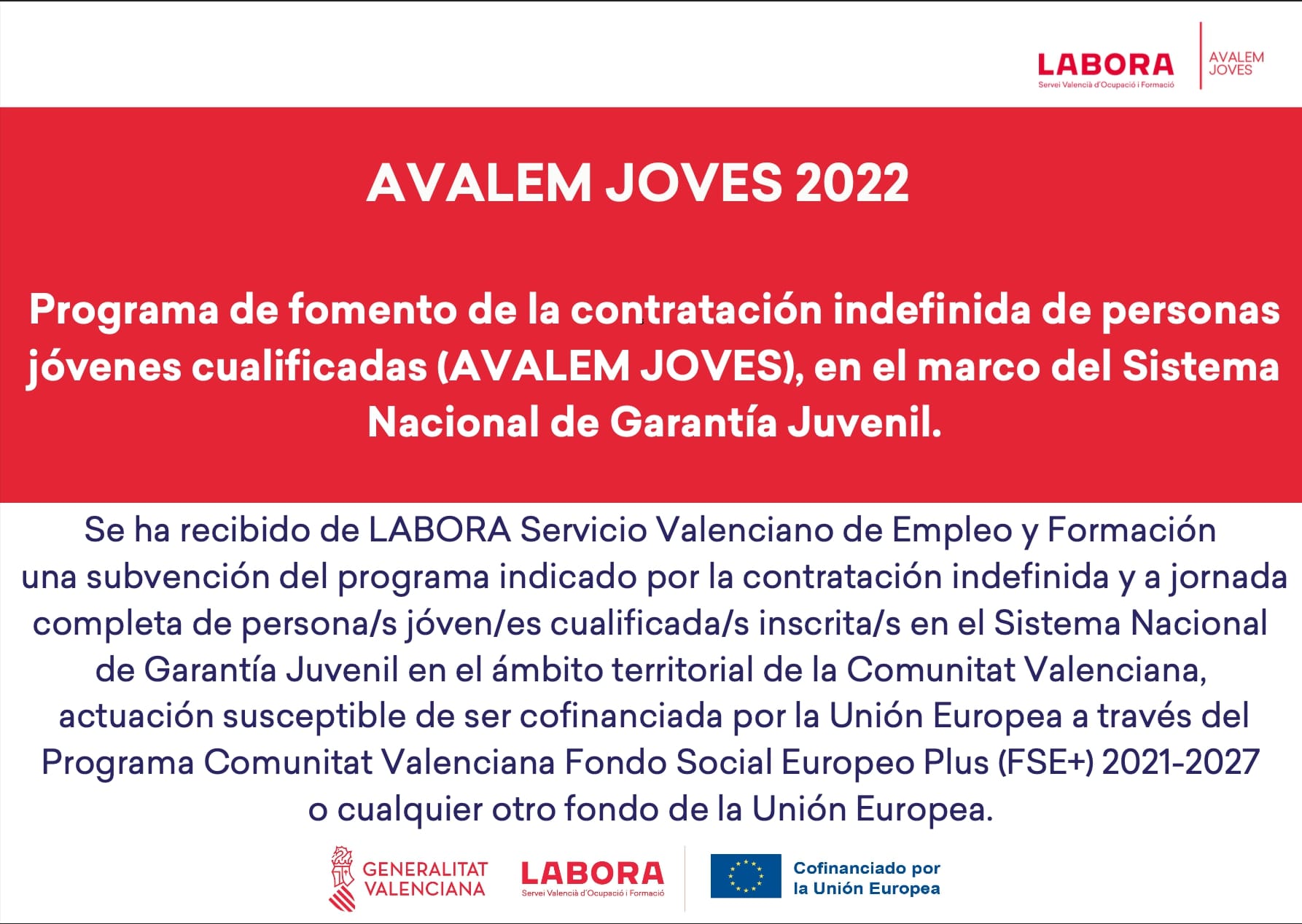
The DERIVA project (Development of advanced tools and methodologies for improving energy efficiency in rail freight transport) basically pursues two objectives. On the one hand, it is about developing improved, robust equipment with a minimum reliability of 95% for the measurement of fuel consumption in diesel trains, installable in both new and existing vehicles, which allows direct knowledge of instantaneous consumption, the accumulated consumption from different situations, the autonomy of the vehicle and the liters that remain in the tank.

On the other hand, the aim is to create a software-based tool that allows for continuous data recording, placing them in time and space, as well as having the possibility of sending them wirelessly to the company’s work center, for subsequent analysis and marketability. The first objective has been achieved thanks to the new on-board system, consisting of a piece of equipment designed ad-hoc for reading and recording fuel consumption data from the electronic unit in charge of recording consumption and its transmission in real time to the office. It includes the establishment of the communication protocol, the link with the GPS/GPRS device and the processing system in the server. It also includes the necessary equipment to position the locomotive during its journey and allow the sending of data in real time to the office. Includes GPS/GLONASS/GPRS locator device, GPS and GSM/GPRS antennas and telemetry sending. This equipment is characterized by its simplicity and robustness, very appropriate to work in adverse environments such as that of a locomotive, subject to impacts and vibrations. The second objective has been achieved through the implementation of an integrated platform (mash-up) whose users are both the drivers in charge of driving the trains, during their regular service, and the office staff, in charge of managing the service. To this end, two specific types of interface have been designed. The structure of this database is made up of fields and labels familiar to end customers, so that it is intuitive to consult and easy to understand/update. In particular, this user interface is oriented to integrate the information generated from the registered signals, for different periods (daily, weekly, monthly, etc.), integrating information from different sources, such as flowmeters, GPS, data from the infrastructure, train and schedule, as well as other sources of information. This integrated management is recorded in a central database, which allows for traceability, auditing, reports, and data analysis integrating the different variables in order to optimize the transportation service.




